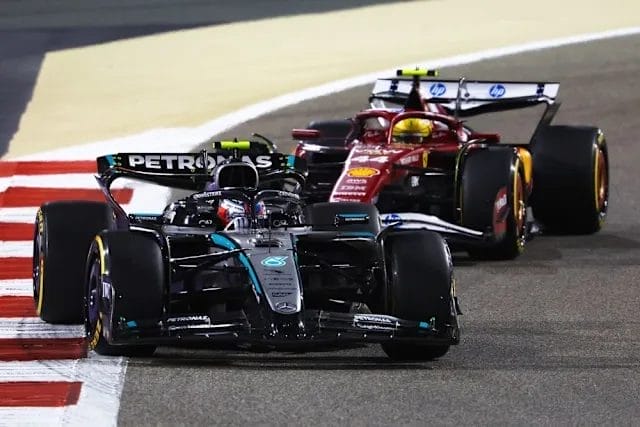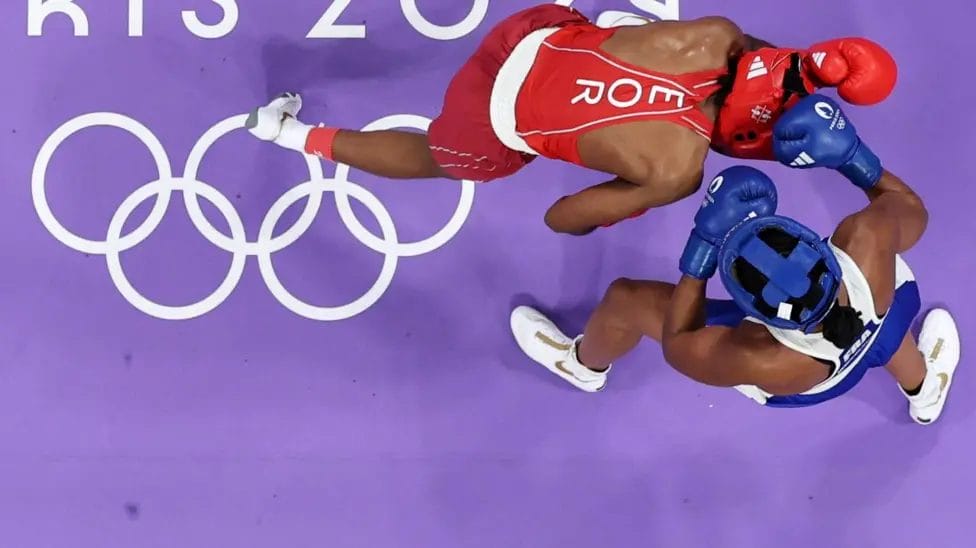
Low-Drag Setups, Wing Changes & Aero Tweaks Ahead of the Saudi Arabian Grand Prix 2025
The FIA has officially released the technical update summary for all teams ahead of the 2025 Saudi Arabian Grand Prix, and it paints a clear picture: low drag is the name of the game.
As Formula 1 gears up for this weekend’s round in Jeddah, the paddock has seen a flurry of setup adaptations tailored specifically to the circuit’s unique, high-speed demands. With sweeping corners, flat-out sections, and minimal braking zones, the Jeddah Corniche Circuit has become known for testing both power units and aerodynamic efficiency to their limits. Unsurprisingly, several teams have brought targeted upgrades, while a few have chosen to run unchanged packages—either due to confidence in their existing setup or resource allocation toward later races.
Let’s dive into the details of who’s brought what to Saudi Arabia—and what it might mean for Saturday’s qualifying and Sunday’s race.

Photo: Sam Bagnall /Images
Ferrari Focuses on Wing Versatility
Ferrari enters the weekend with a dual-pronged strategy focused on the rear wing of the SF-25. The Scuderia has introduced two distinct updates aimed at enhancing efficiency and reducing drag:
- A flatter top rear wing profile—an adjustment designed to shed drag by softening the angle of attack on the upper element, sacrificing a bit of downforce for top-end speed.
- A return to a 2024 rear wing configuration used on low to medium-downforce tracks, giving the team the flexibility to switch between packages depending on how track conditions evolve.
It’s a pragmatic move that speaks to Ferrari’s growing maturity in aerodynamic setup choices, giving Charles Leclerc and Carlos Sainz options to tailor the car to their individual driving styles—something the team lacked in previous seasons.
Red Bull Opts for Cooling and Camber Cuts
At the sharp end of the grid, Red Bull Racing brings a fresh iteration of its engine cover design, introducing a wider outlet to enhance cooling. This tweak is particularly important in Jeddah’s humid, hot conditions where power unit thermal management becomes a hidden battle all teams must fight.
On the aero side, Red Bull will deploy a revised beam wing, characterized by reduced chord and lower camber. This change signals a conscious effort to trim rear downforce and drag, maximizing straight-line speed—vital for Jeddah’s blistering 27-turn, 6.1 km layout.
While Red Bull’s floor and suspension geometry remain unchanged, this subtle yet purposeful update suite shows they’re confident in the core RB21 package—and perhaps saving bigger upgrades for the European leg of the season.
McLaren’s Diffuser Shift & Brake Duct Revamp
McLaren has taken a slightly different route, focusing on refining the rear-end aero balance of the MCL38. The team has reworked the diffuser geometry—a move that may not be immediately visible but can dramatically affect rear grip and airflow extraction.
Complementing that, a new rear brake duct fin configuration aims to tidy up airflow around the rear suspension and lower diffuser edges. It’s an intelligent adjustment, suggesting McLaren is zeroing in on maximizing aerodynamic consistency rather than outright drag shedding alone.
The papaya squad’s season has been a mix of promise and inconsistency, but with these upgrades tailored to high-speed efficiency, they could spring a surprise in Saudi Arabia.
No Updates for Mercedes, Alpine, Williams
In contrast to some of their rivals, Mercedes, Alpine, and Williams have decided to keep their cars unchanged for the trip to Jeddah.
For Mercedes, this could be a strategic decision. Having launched a major update package earlier this year, the Brackley-based squad appears to be focused on understanding and optimizing what they already have, rather than flooding the car with further changes.
Alpine—still finding its feet after a disappointing start to 2025—seems content to hold back until later in the season, while Williams may be conserving resources for updates better suited to tracks with different aerodynamic demands.

Aston Martin Tones It Down
Aston Martin is playing it conservatively in Jeddah, bringing a less aggressive rear wing to reduce drag. This decision reflects the team’s analytical approach to race weekends, where they often prioritize consistency and tire management over raw qualifying pace.
Given the strength of their DRS performance and mid-corner stability, this update might help Aston Martin stay competitive in the DRS-heavy zones of the Corniche Circuit, particularly against direct rivals like McLaren and Ferrari.
Haas Mixes Old and New
Always pragmatic, Haas is dipping into its parts archive by bringing back last year’s low-drag rear wing, while also introducing a new front wing element designed to stabilize airflow over the car’s nose and enhance corner entry balance.
In a sport where innovation often means complexity, Haas’s blend of proven components and subtle tweaks is a reminder that effective Formula 1 upgrades don’t always require a revolution—sometimes, smart evolution is enough.
Racing Bulls Go All-In on Aero Tuning
Racing Bulls have gone all out with their update approach this weekend, implementing changes across three key areas:
- Front wing adjustments to streamline airflow toward the bargeboard region.
- Rear wing modifications for lower drag.
- Beam wing refinements to trim rear downforce and increase straight-line efficiency.
It’s a bold package for a team that’s still trying to break free from the midfield pack. If the updates gel quickly, they could surprise in qualifying—a session where top speed often counts for more than outright grip in Jeddah.
Kick Sauber Brings the Most Comprehensive Update
The most aggressive upgrade suite this weekend comes from Stake F1 Team Kick Sauber, who have brought updates to nearly every aero-critical area of the car:
- Front wing redesign to better manage oncoming air.
- Floor edge and central floor tweaks to boost ground-effect performance.
- Beam wing and rear wing endplates adjusted to manage wake and pressure zones more efficiently.
- A revised rear wing for reduced drag.
It’s clear that Kick Sauber are trying to claw back performance quickly, and Jeddah’s configuration offers a clean testing ground for their new package. Whether the updates result in performance gains remains to be seen, but the ambition is certainly there.
Team Update Summary – Saudi Arabian Grand Prix 2025
• Red Bull: rear wing, spar wing
• Mercedes: —
• Ferrari: rear wing, spar wing
• Aston Martin: rear wing
• Alpine: —
• Haas: front wing, rear wing
• Racing Bulls: front wing, rear wing, spar wing
• Williams: —
• Kick Sauber: front wing, base, spar wing, rear wing endplate, rear wing
Final Thoughts: Speed vs. Stability in the Desert
With cars trimmed for low drag and straight-line speed, qualifying at the Saudi Arabian Grand Prix 2025 promises to be a fascinating watch. Teams will walk a fine line between outright speed and maintaining enough downforce to handle the rapid, flowy corners of Jeddah.
For some, this is a race to gain valuable points before the development war intensifies in Europe. For others, it’s a high-speed experiment in refining aero packages and unlocking new potential.
Either way, it’s clear: the updates are in, and the chess game is well underway.








